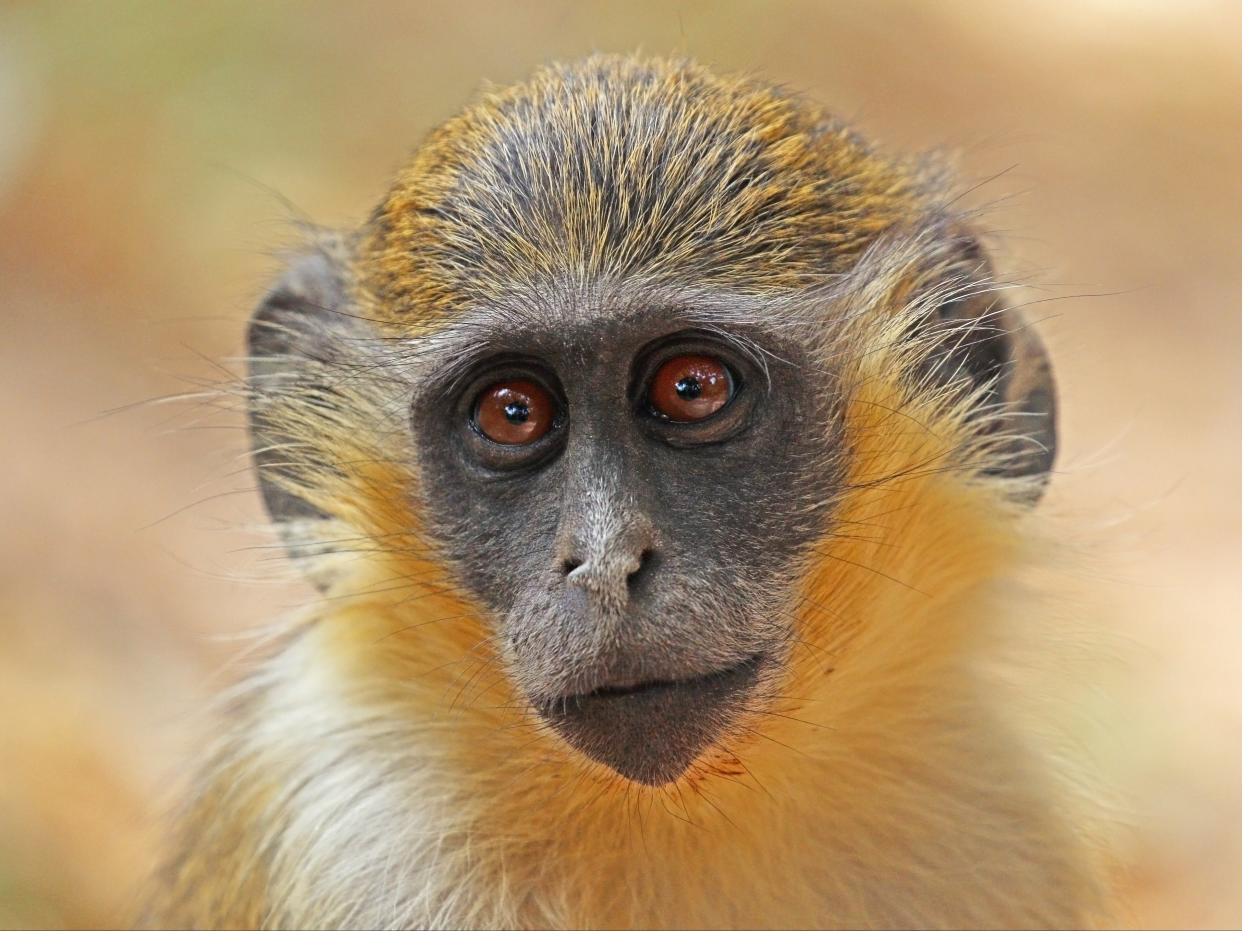Monkeys found living at Florida airport are linked to 1948 zoo escape

A small group of African green monkeys have been living in a forest close to Fort Lauderdale-Hollywood International Airport in Florida for over 70 years and now researchers believe the animals are connected to a zoo escape in 1948.
Researchers now report in the journal Primates that the animals are native to West Africa and the population of 36 monkeys now living in Florida are probably descended from monkeys that escaped from a research facility doubling up as a tourist attraction 73 years ago.
Called green monkeys because of the shade in their tan fur, the animals were taken to a research facility at some point in the 1940s. The lab was bought by a cousin of President Teddy Roosevelt, who served in the Oval Office from 1901 to 1909.
The research facility also functioned as a zoo, which also housed chimpanzees and mandrills. The monkeys were used as test subjects during the development of the Polio vaccine. Some were provided to Jonas Salk, the American virologist who developed one of the first effective vaccines against the disease.
In 1948, 50 animals escaped. Around two-thirds were recaptured, while the rest started new lives as parts of Floridian wildlife. To find out what precise species the Florida primates belonged to, the researchers photographed every single one of the 36 monkeys and traced three genetic signifiers in the animals by using five faecal samples and one tissue sample.
The research showed that the monkeys were part of a group of Old World monkeys known as “Chlorocebus”. This group also include vervets, grivets, and the malbrouck.
But certain features puts the Florida monkeys apart from their brethren.
Deborah Williams, a biologist at Florida Atlantic University and lead author of the study, said in a press release from the university that “our monkeys in Dania Beach have a golden-tipped tail and greenish-brown hair, lack a pronounced browband around the face, and males have a pale blue scrotum”.
“These phenotypic traits are characteristic of Chlorocebus sabaeus,” she added. Other species in the state, also originally introduced to Florida from elsewhere, include squirrel monkeys and rhesus macaques.
Kate Detwiler, senior author and an associate professor at the university, said in the press release: “Data from our study lays the groundwork for future studies to address new questions about the status of the population and how the monkeys have adapted to the urban and industrial environment of South Florida.”
She added that figuring out the correct “history of the introduced Dania Beach monkeys is important for community outreach and wildlife management, given the remarkable ability for Chlorocebus to thrive in most environments”.
Green monkeys are the “most widespread of the African monkeys” according to the university, and are endemic to West Africa, where populations exist from Senegal and west Guinea-Bissau into Ghana.
Their habitat is only limited by the “availability of water and sleeping trees,” the press release stated.
Read More
‘Pan-coronavirus’ vaccine shows early promise in monkeys and mice, research finds
Bernie Sanders launches resolution to block Israel arm sales: ‘US-made bombs are devastating Gaza’
Andrew Cuomo: Chris Cuomo helped advise brother on how to respond to sexual harassment allegations

